Winter water management.

Your horse, like many other species, needs sufficient water intake on a daily basis to keep him hydrated and to aid in digestion, regardless of whether he is a top competition horse or a happy hack. Over the winter period, a horse’s water intake becomes far less, as he does not need to replenish fluids lost to sweat as he does in summer. However, many horse owners up their horses’ food during the winter period to prevent weight loss, and consequently they need more water to help the digestive system process the feed.
Vitals
In winter, the average horse will drink 25 l of water per day in temperatures of between -5°C and 10°C, but this intake can increase in warmer winter weather or strenuous work. Keeping tabs on your horse’s vitals will help raise any red flags. A sick horse will likely suffer from a lack of appetite and will also not want to drink, putting him at risk of dehydration. A horse’s vitals should be checked on a daily basis:
Temperature: 37.2-38.3°C
Pulse: 28-44 beats per minute
Esta historia es de la edición July 2017 de HQ magazine.
Comience su prueba gratuita de Magzter GOLD de 7 días para acceder a miles de historias premium seleccionadas y a más de 9,000 revistas y periódicos.
Ya eres suscriptor ? Conectar
Esta historia es de la edición July 2017 de HQ magazine.
Comience su prueba gratuita de Magzter GOLD de 7 días para acceder a miles de historias premium seleccionadas y a más de 9,000 revistas y periódicos.
Ya eres suscriptor? Conectar

The Science Behind Tapering
The science behind tapering
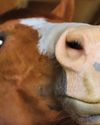
Horse Treats
The ultimate guide
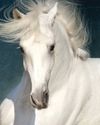
Horsey Hair Care
Tips and tricks for a healthy mane and tail
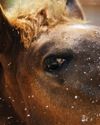
Horsey Hydration- The Importance Of Water In Winter
The importance of water in winter

A Horseback Safari
Abelana Game Reserve

The Psychology Of Riding Performance
Intrinsic motivation, part 7
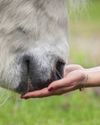
10 Best Life Lessons From Horses
Life lessons from our horses
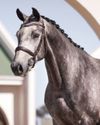
Breaking New Ground
The evolution of the Callaho Online Auction
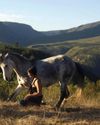
Horse Psychology 101
Part 3: The horse's cognitive abilities
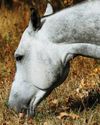
Colic Part 1
An owner’s worst nightmare